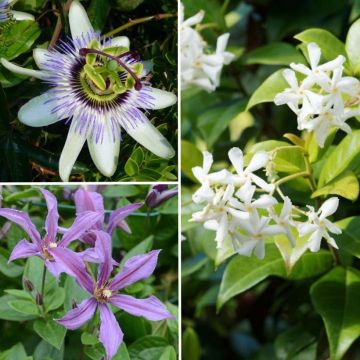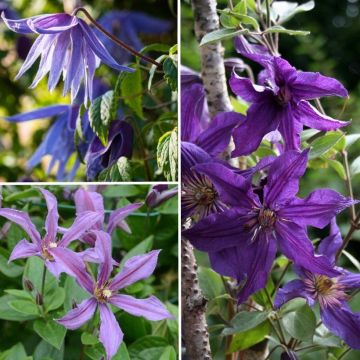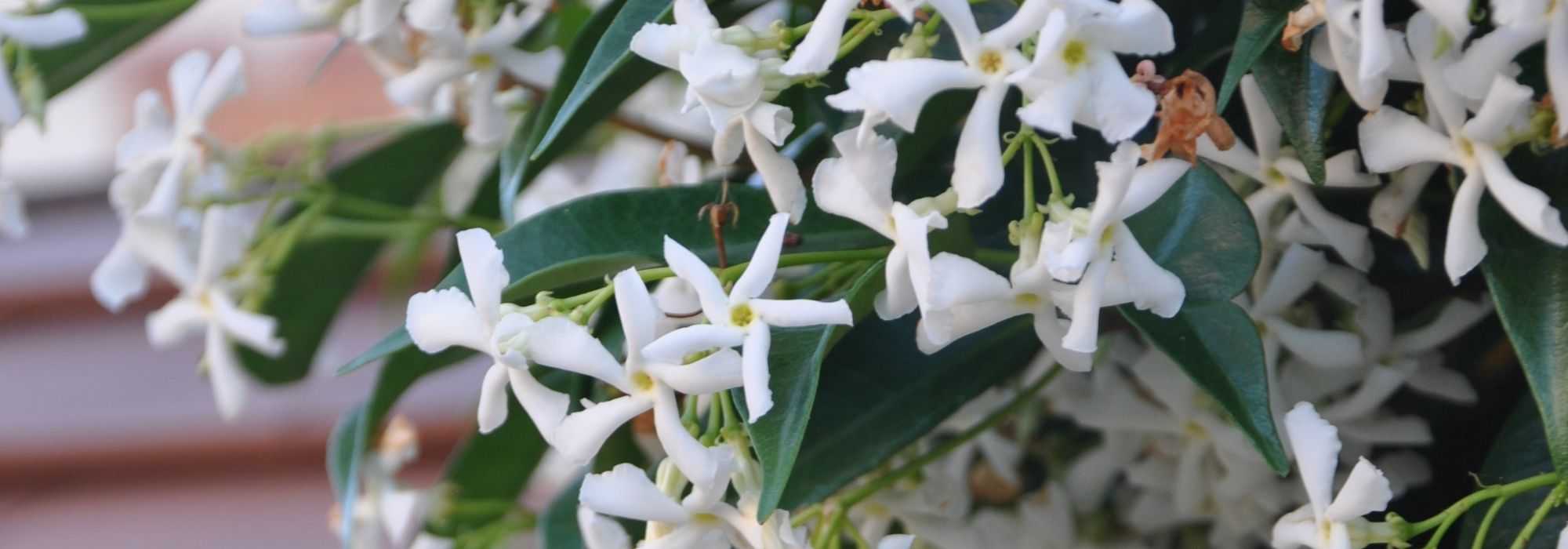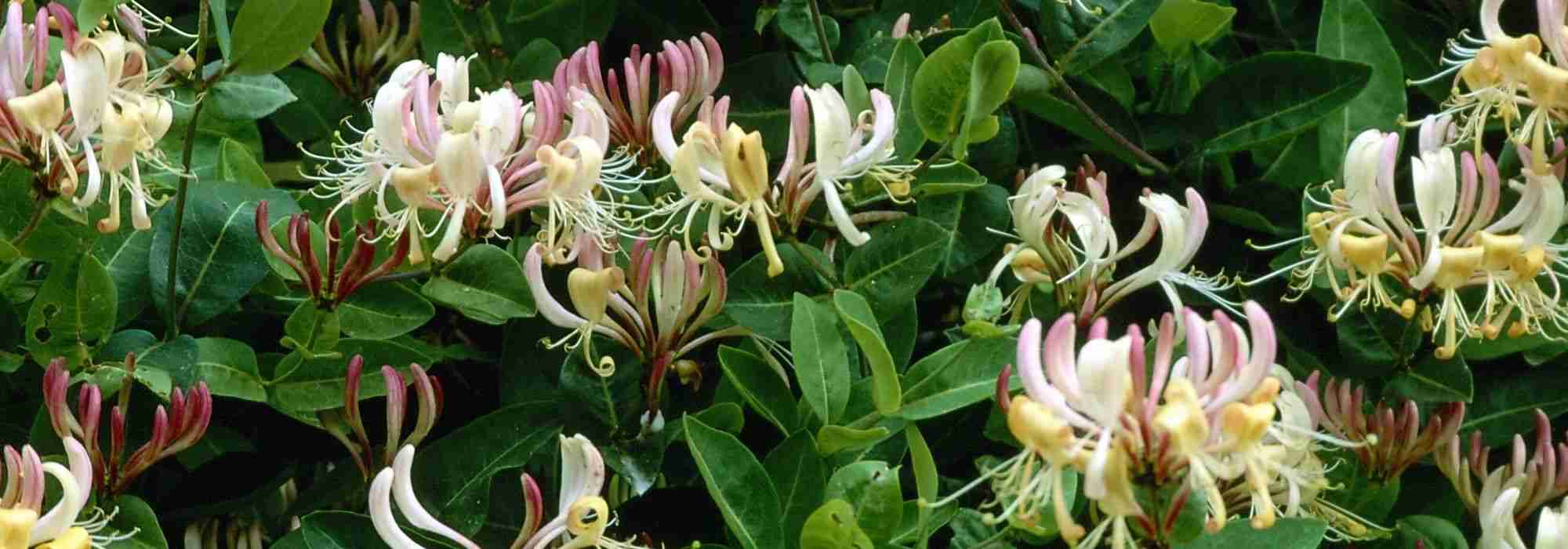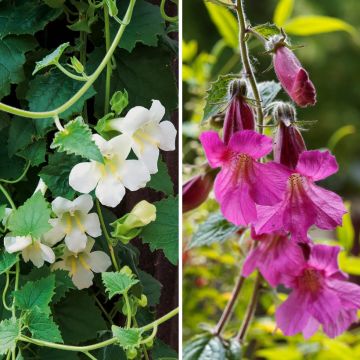

Pyrostegia venusta - Liane aurore, liane de feu


Pyrostegia venusta - Liane aurore, liane de feu


Pyrostegia venusta - Liane aurore, liane de feu


Pyrostegia venusta - Liane aurore, liane de feu


Pyrostegia venusta - Liane aurore, liane de feu


Pyrostegia venusta - Liane aurore, liane de feu


Pyrostegia venusta - Liane aurore, liane de feu


Pyrostegia venusta - Liane aurore, liane de feu


Pyrostegia venusta - Liane aurore, liane de feu
Pyrostegia venusta
Pyrostegia venusta
Orange Trumpet, Flame Vine, Golden Shower
Special offer!
Receive a €20 voucher for any order over €90 (excluding delivery costs, credit notes, and plastic-free options)!
1- Add your favorite plants to your cart.
2- Once you have reached €90, confirm your order (you can even choose the delivery date!).
3- As soon as your order is shipped, you will receive an email containing your voucher code, valid for 3 months (90 days).
Your voucher is unique and can only be used once, for any order with a minimum value of €20, excluding delivery costs.
Can be combined with other current offers, non-divisible and non-refundable.
Why not try an alternative variety in stock?
View all →This plant carries a 6 months recovery warranty
More information
We guarantee the quality of our plants for a full growing cycle, and will replace at our expense any plant that fails to recover under normal climatic and planting conditions.
Would this plant suit my garden?
Set up your Plantfit profile →
Description
The Pyrostegia venusta bears many names such as Flame Vine, Firecracker Vine, Coral Vine, or even Saint John's Vine. It is a vigorous Brazilian climbing plant that attaches itself using tendrils. Pyrostegia venusta is appreciated for its long winter flowering in a vibrant orange. Its numerous clusters of flowers are beautifully highlighted by a foliage cut into shiny leaflets, of a dark green colour. Adapted to gardens on the Mediterranean, this frost-tender bignoniaceae loves the sun and the heat. It also makes a beautiful terrace or balcony subject, to be kept indoors during the winter in colder regions.
The Pyrostegia venusta belongs to the Bignoniaceae family. It is native to southern Brazil, northern Argentina, and Paraguay. It is a tropical plant with a very mild climate: its above-ground parts are destroyed at -2 °C, while the well-protected stump can sprout again in spring. It is quite tolerant of different types of soil, preferring rich and slightly moist soil, but can withstand moderate periods of drought once mature. Its growth is rapid, with its voluble stems equipped with tendrils. It can be trained into a large bushy shrub by regular pruning or left to cling to a structure. This plant easily produces suckers. This characteristic is often used to create large hedges, trimmed or untrimmed, in its native region. In favourable conditions and under a suitable climate, the Flame Vine can reach an average height of 11 m (36ft). If the plant is cut back every year due to frost, it will rarely exceed 2.50 m (8ft) in height. In a container, expect about 3 m (10ft) in height for 1 m (3ft) in width. The Flame Vine develops theoretically evergreen foliaage, when grown in frost-free conditions. Its pinnate leaves are composed of 2 or 3 tough leaflets measuring 4 to 8 cm (2 to 3in) long, with the central leaflet often transformed into a tendril. The abundant and spectacular flowering occurs from November-December to March. At the tip of the stems, clusters or thyrses of tubular flowers appear, measuring 3 to 7 cm (1 to 3in), incurved, with a waxy texture, opening into recurved lobes. Their colour ranges from orange-red to golden orange. After pollination, capsules measuring 3 cm (1in) long containing small seeds appear.
The Flame Vine is a very beautiful plant that should definitely be tried in the most sheltered coastal gardens. Its incandescent flowering creates an event throughout the winter, bringing a joyful note to a period of the year when colours are lacking. In the garden or on the terrace, for example, combine it with the blue blooms of Plumbago capensis or Ceratostigma griffithii, whose foliage turns a beautiful red in autumn. On the Riviera, this vine is often associated with a Campsis, which allows for a flowering wall for months. It forms surprising hedges that can be kept dense with discreet annual pruning. When left uncontrolled, the plant can run along the base of a wall or gradually cover it. In a pot, choose a large-volume container. You should store your Pyrostegia in a lightly heated veranda before the first frost arrives.
Pyrostegia venusta in pictures


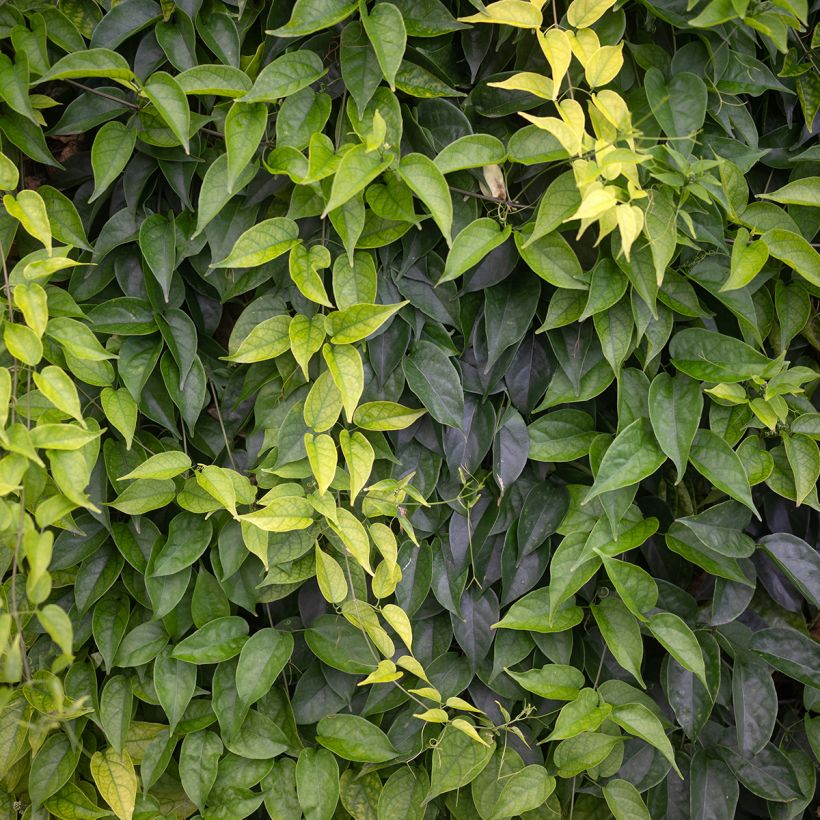



Plant habit
Flowering
Foliage
Botanical data
Pyrostegia
venusta
Bignoniaceae
Orange Trumpet, Flame Vine, Golden Shower
South America
Other Climbers A to Z
View all →Planting and care
The Pyrostegia venusta is planted in spring. It is a plant that is not very demanding on the nature of the soil, as long as it is rich enough, not too dry, but well-drained: a mixture of compost and garden soil should be suitable. Its hardiness is low, the aboveground parts are destroyed at -2°C (28.4°F). The well-protected stump withstands the cold a little better. The plant will regrow from the stump if its branches have been affected by frost, and will regenerate its vegetation in a few months. This plant loves heat and prefers a sunny exposure. Plant it along a well-exposed wall or provide it with the shelter of other evergreen bushes that will protect it from the cold and dry winds of winter. Pruning is not essential, but the vine adapts to it well. If necessary after frost, you can prune it in spring. The bush can also be pruned after flowering to limit its size or encourage it to branch out.
Outside of the frost-free southern regions, the Pyrostegia venusta is grown in containers, which allows it to be protected from the cold in winter. In the conservatory, it should be placed in full light. Use a large volume container (at least 40 L), with drainage holes at the bottom and a layer of drainage material (clay balls, pumice, pottery shards). Use a mixture of loam, leaf compost, and sand, or a compost for Mediterranean plants. Provide a support on which the stems can cling (trellis, wire mesh).
Planting period
Intended location
Care
Planting & care advice
This item has not been reviewed yet - be the first to leave a review about it.
Similar products
Haven't found what you were looking for?
Hardiness is the lowest winter temperature a plant can endure without suffering serious damage or even dying. However, hardiness is affected by location (a sheltered area, such as a patio), protection (winter cover) and soil type (hardiness is improved by well-drained soil).

Photo Sharing Terms & Conditions
In order to encourage gardeners to interact and share their experiences, Promesse de fleurs offers various media enabling content to be uploaded onto its Site - in particular via the ‘Photo sharing’ module.
The User agrees to refrain from:
- Posting any content that is illegal, prejudicial, insulting, racist, inciteful to hatred, revisionist, contrary to public decency, that infringes on privacy or on the privacy rights of third parties, in particular the publicity rights of persons and goods, intellectual property rights, or the right to privacy.
- Submitting content on behalf of a third party;
- Impersonate the identity of a third party and/or publish any personal information about a third party;
In general, the User undertakes to refrain from any unethical behaviour.
All Content (in particular text, comments, files, images, photos, videos, creative works, etc.), which may be subject to property or intellectual property rights, image or other private rights, shall remain the property of the User, subject to the limited rights granted by the terms of the licence granted by Promesse de fleurs as stated below. Users are at liberty to publish or not to publish such Content on the Site, notably via the ‘Photo Sharing’ facility, and accept that this Content shall be made public and freely accessible, notably on the Internet.
Users further acknowledge, undertake to have ,and guarantee that they hold all necessary rights and permissions to publish such material on the Site, in particular with regard to the legislation in force pertaining to any privacy, property, intellectual property, image, or contractual rights, or rights of any other nature. By publishing such Content on the Site, Users acknowledge accepting full liability as publishers of the Content within the meaning of the law, and grant Promesse de fleurs, free of charge, an inclusive, worldwide licence for the said Content for the entire duration of its publication, including all reproduction, representation, up/downloading, displaying, performing, transmission, and storage rights.
Users also grant permission for their name to be linked to the Content and accept that this link may not always be made available.
By engaging in posting material, Users consent to their Content becoming automatically accessible on the Internet, in particular on other sites and/or blogs and/or web pages of the Promesse de fleurs site, including in particular social pages and the Promesse de fleurs catalogue.
Users may secure the removal of entrusted content free of charge by issuing a simple request via our contact form.
The flowering period indicated on our website applies to countries and regions located in USDA zone 8 (France, the United Kingdom, Ireland, the Netherlands, etc.)
It will vary according to where you live:
- In zones 9 to 10 (Italy, Spain, Greece, etc.), flowering will occur about 2 to 4 weeks earlier.
- In zones 6 to 7 (Germany, Poland, Slovenia, and lower mountainous regions), flowering will be delayed by 2 to 3 weeks.
- In zone 5 (Central Europe, Scandinavia), blooming will be delayed by 3 to 5 weeks.
In temperate climates, pruning of spring-flowering shrubs (forsythia, spireas, etc.) should be done just after flowering.
Pruning of summer-flowering shrubs (Indian Lilac, Perovskia, etc.) can be done in winter or spring.
In cold regions as well as with frost-sensitive plants, avoid pruning too early when severe frosts may still occur.
The planting period indicated on our website applies to countries and regions located in USDA zone 8 (France, United Kingdom, Ireland, Netherlands).
It will vary according to where you live:
- In Mediterranean zones (Marseille, Madrid, Milan, etc.), autumn and winter are the best planting periods.
- In continental zones (Strasbourg, Munich, Vienna, etc.), delay planting by 2 to 3 weeks in spring and bring it forward by 2 to 4 weeks in autumn.
- In mountainous regions (the Alps, Pyrenees, Carpathians, etc.), it is best to plant in late spring (May-June) or late summer (August-September).
The harvesting period indicated on our website applies to countries and regions in USDA zone 8 (France, England, Ireland, the Netherlands).
In colder areas (Scandinavia, Poland, Austria...) fruit and vegetable harvests are likely to be delayed by 3-4 weeks.
In warmer areas (Italy, Spain, Greece, etc.), harvesting will probably take place earlier, depending on weather conditions.
The sowing periods indicated on our website apply to countries and regions within USDA Zone 8 (France, UK, Ireland, Netherlands).
In colder areas (Scandinavia, Poland, Austria...), delay any outdoor sowing by 3-4 weeks, or sow under glass.
In warmer climes (Italy, Spain, Greece, etc.), bring outdoor sowing forward by a few weeks.


































